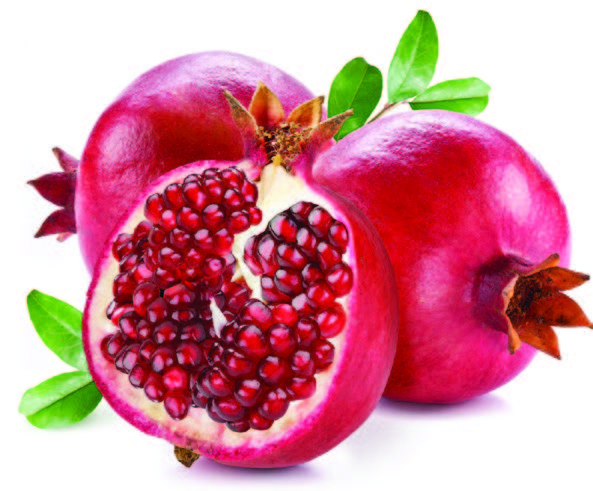Rabbi Ephraim Nisenbaum
The 15th day of Shevat, Tu B’Shvat, is called the New Year for Trees. Strictly speaking, this title draws a legal distinction related to the laws of tithing in the Land of Israel. Tithes must be separated from any produce grown in Israel before it may be eaten. In a given year, the fruit taken as tithe from one tree may represent the owner’s other trees of the same species. However, one year’s fruit may not be tithed for another year’s harvest.
Tradition teaches the new year for fruit begins on the fifteenth of Shevat, because most of the winter rains will have passed and the sap of the new growth has begun to flow: the dormant tree is waking from its winter sleep. A tree that blossoms before Tu B’Shvat is considered last year’s produce; if it blossoms after Tu B’Shvat, it belongs to the new year.
Other than the day’s significance for tithing, there is no source in the Talmud or Midrash for celebrating Tu B’Shvat. Yet, from later sources we find many customs regarding the celebration of Tu B’Shvat: the practice of eating various fruits; the custom of dressing in one’s Shabbat finery for the new year for trees, because the Torah compares the human being to a tree (Devarim 20:19).
Let us examine the comparison between man and trees in order to understand the message on Tu B’Shvat for humankind.
The tree goes through cycles in its life. The heavy-laden tree of summer empties itself of fruit in the autumn, and then slowly loses its leaves, one by one. By winter time, the tree stands shorn of its previous glory. For all purposes, it appears to have died.
But then comes Tu B’Shvat. In the midst of the cold winter days, when all vegetation seems frozen or dead, the sap of the tree starts to flow beneath the surface bark. Rising slowly from roots buried in the hardened soil, the sap pushes its way up, pumping new life into outstretched branches that reach towards the heavens.
In life, we too often go through cycles of growth. Periods of renewal and growth may alternate with times of stagnation or dormancy. Rabbi Shlomo Wolbe cites that this cycle is part of man’s nature. He adds that a person must not become disillusioned when spiritual growth seems halted; the “low” period will usually be followed by a “high” period that will yield new opportunities for growth.
That is the message of Tu B’Shvat: Even when we feel lethargic, in a rut, and seem to have lost the drive to achieve, we must not despair. Just as winter is an annual hiatus in the life cycle of trees, so bouts of lethargy and unproductivity are necessary phases in the human cycle. Just as with the coming of spring, life-giving sap moves imperceptibly through the trees to branches stretching to the sky, so we too will have renewed energy from deep within our spiritual reservoirs, so long as we set our goal heavenward.
Proper Care and Maintenance Required
There is another message in the New Year for Trees. There is a difference between trees and annual plants. Although trees require some regular maintenance, they produce fruit each year without any new planting. Plants and vegetables, on the other hand, must be reseeded each year in order to grow.
If a tree is not given proper care, however, it will die. Man is like the tree. With good maintenance, we need not start over from the very beginning with each goal we set for ourselves. We can build on past accomplishments to go even further. But, as with the tree, we require the proper care to avoid spiritual damage and to grow anew.
Tu B’Shvat inspires us to remember our similarity to the tree. We must be careful to protect ourselves, in order to strive towards greater achievements without having to constantly start over again from scratch.
Rabbi Ephraim Nisenbaum is the founder and director of the Jewish Learning Connection, an outreach organization in Cleveland, Ohio. This article was an adopted excerpt from his book, Powerlines: Insights and Reflections on the Jewish Holidays, published by Targum Press.



